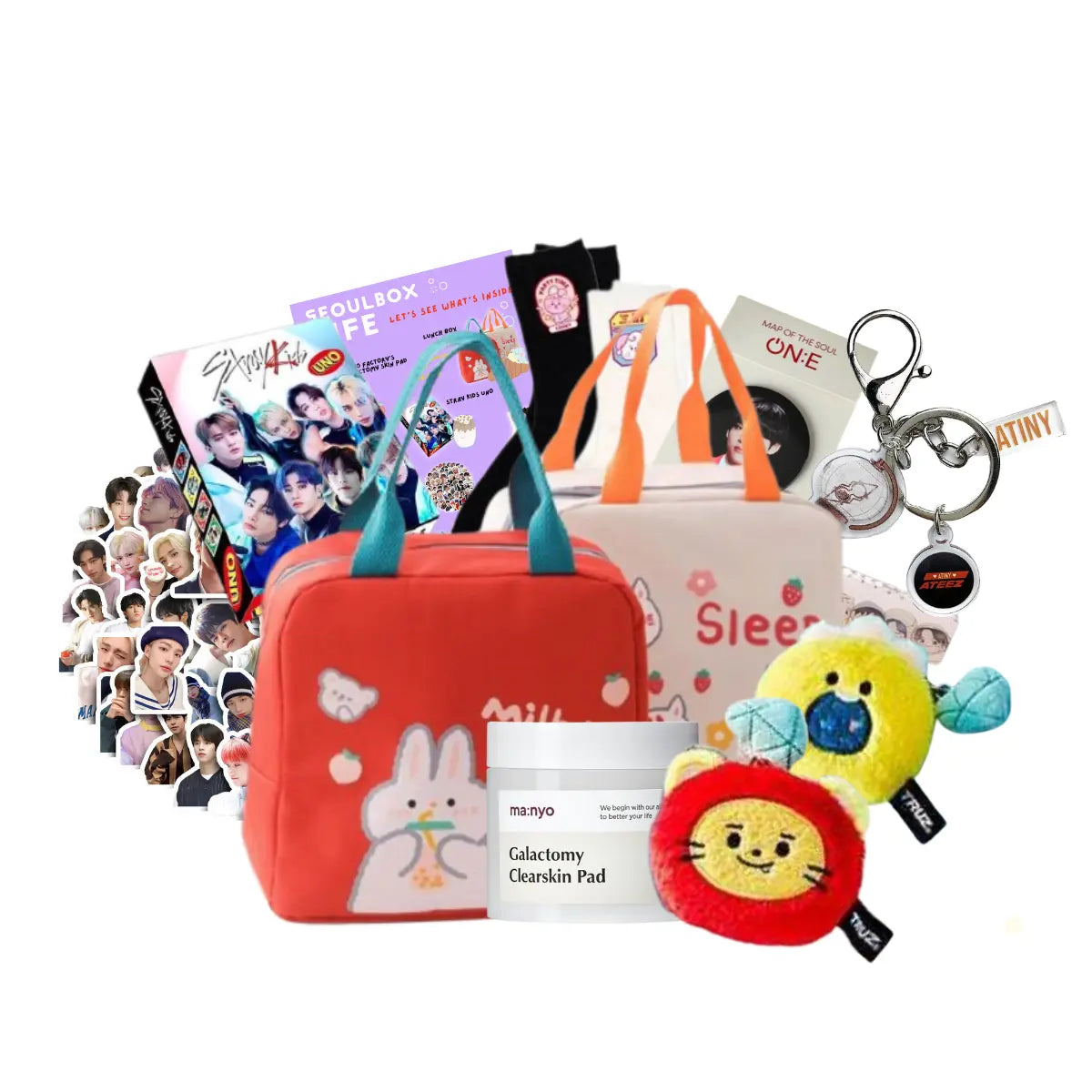While festivals in other countries celebrate with music, bands, lights, and colors, Korean festivals are deeply rooted in History and Korean tradition.

From New Years Day to the first full moon of the year over to the celebration of the harvest in autumn with the Dano festival, there are many reasons to come together and celebrate in Korea.
The traditions for these festivals are passed on from generation to generation and today we will learn more about their history and how they are being celebrated today.
What is the history behind it?
The history of Korean festivals goes way back in time. The oldest festival is the Jinju Lantern Festival which started in 1592.
Jinju Lantern Festival

It takes place on the Namgan River in Jinju-si every October to celebrate the lives that were lost during the Jinjuseong Battle in 1592.
An enormous number of lanterns is displayed on and around the river which lights up once the sun has settled making the surrounding glow in their cozy light.
Visitors can also purchase lanterns that will be sent to the river, floating away with their wishes for health and happiness.
Chuseok Festival

The most recent festival was Chuseok, the Korean Thanksgiving holiday. Chuseok takes place on the 15th day of the 8th lunar month during the full moon.
On this holiday it is a traditional practice to go back to the hometown to reunite with family and friends.
Passed on from generation to generation are recipes that are being cooked on this day together like Songpyeon, traditional rice cakes with grains, and sweets.
Families go on trips together or watch traditional games being performed like fan dances on a rope or Ssireum which is Korean wrestling.
You can read all about Chuseok in detail on our blog article here https://myseoulbox.com/blogs/seoul-blog/chuseok-everything-you-didnt-know-about-it
The world's most famous Kpop group BTS participated in the Chuseok festival this year by dressing in the traditional hanbok and posting pictures and selfies with wishes for their fans, friends, and families.

Another historically important event is Seollal in January. This day marks the new year and the first day of the lunar calendar.
The holiday is the biggest one in South Korea and is celebrated with family and friends. The most important activity on this day is to pay respect to the elders of the community, including the ancestors.
The New Year’s Bow, Sebae, and the Ritual for the ancestors, Charye are common practices that need to be fulfilled on New Years Day.
Koreans traditionally wear the hanbok which is traditional clothing worn since the first century BC and can literally be translated with “Korean clothing”.
Now that we know of the historic significance of some festivals, let’s have a look at the various types of festivals that are being celebrated in South Korea.
What are the types of Korean Festivals?

There are multiple types of festivals related to Korean culture, Korean religion, and Korean tradition.
We have looked at traditional Korean festivals already but what about the cultural and religious aspect of festivals in Korea?
We’re going to learn about two more festivals in the next paragraph.
DANO Festival

One cultural event is the Dano festival. This day celebrates the transplanting of rice seedlings and is a very important holiday for Korean culture. It also marks the beginning of the spring season.
Traditional practice is for women to wash their hair in water mixed with Changpo, which is a sweet flag, and for men to walk around with the roots of the iris plant which is said to banish bad spirits.
Drinking and eating of course is stable on this day. Changpo-ju, rice wine mixed with iris petals is being consumed and rice cakes mixed with herbs like surichitteok and ssuktteok are eaten in the community.
In Korea a slight majority is atheist, meaning that they have no religion. Nonetheless, one festival celebrates Korean religion, more precisely Buddhism which makes 35% of those who have a religion.
Chopail or Buddhas Birthday

On the 8th Day of the 4th month, Koreans celebrate Chopail or Buddhas Birthday. Buddhism is rooted deeply into Korean history hence it’s being celebrated highly and as one of the most festive.
On this day the presence of bright colored lanterns is omnipresent.
Before Chopail itself families traditionally come together to design the lanterns in the same number of family members present and hang them outside the house to light them up on the festival day.
The most common shape for the lights is the lotus flowers but other symbols that can be found in Buddhism are also made, like fishes, turtles, and fruits. As for food, tteok which are rice cakes, dumplings, and fishcakes, as well as others, are enjoyed on that day.
We have gathered knowledge about Korean festivals of all kinds by now, but what about the impact that these festivals and celebrations have on Korean culture?
What are the impact on Korean culture?

Korean culture was greatly impacted by China and Japan.
The aspect of bowing and respecting the elders in such high regards dates to Confucianism which is nowadays one of the three main religions in Korea, next to Buddhism and Christianity.
These practices are still part of festive celebrations like Seollal, the New Years Day.
But the main part of the impact that festivals have on Korean culture might be that families come together again to celebrate love and community.
Cultural traditions can be passed on from generation to generation ensuring that the younger generation still gathers the knowledge of their own culture from their elders.
How are foreigners involved in Korean festivals?

If you have friends or the distant family in Korea, you will have no problems participating in the traditional festivals that involve family gatherings since you can get invited to them.
If you are visiting South Korea during the festival season there are multiple events for the public that you can attend as a foreigner. For example, the Jinju Lantern Festival is open for everyone.

You pay the entrance price once and get a stamp on your hand that makes it accessible for the whole day.
You can follow Jonathan on his two-day journey at the festival here https://everybodyhatesatourist.net/attending-jinju-lantern-festival-jinju-south-korea/
Some festivals are directed at foreigners and visitors to involve them in Korean cultures, like the Seoul Kimchi Festival.
Participants will learn about the history and culture of kimchi and try their hands of making it themselves in groups.
Classes in size up to 80 people can learn the art of kimchi-making during kimjang, the kimchi-making season.

There are also special classes for kids and their dads to learn how to make kimchi together.
It used to be a very female-centered practice since the woman of more than one household would come together during kimjang and make kimchi together.
Around 50 tons of kimchi are made during the festival, and you’re of course allowed to try it after making it.
But the main point of the vent is that all the kimchi which gets prepared is being donated to people who need it, like elders who live alone and can’t prepare kimchi for themselves anymore.
Even companies are welcome to join with their workers as it can be a good opportunity to gain some collegial strength while cooking together.
You can watch how the Kimchi festival looked like in 2019 here
Conclusion
There are so many festivals in South Korea that we had a hard time narrowing it down to five.
Our hunger for kimchi is definitely at its peak now and we want to see the glow of the lanterns during the Jinju Lantern festival for sure.

Which of the mentioned festivals sounds the best to you? Please let us know in the comments down below.
Author - Kris.






